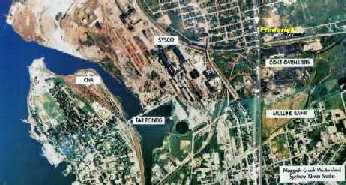![]()

 Sydney - A former worker at PLI Environmental
says a Labour Department report this week put a
new spin on regulations to dismiss the dangers of
exposure to asbestos.
Sydney - A former worker at PLI Environmental
says a Labour Department report this week put a
new spin on regulations to dismiss the dangers of
exposure to asbestos.![]()

